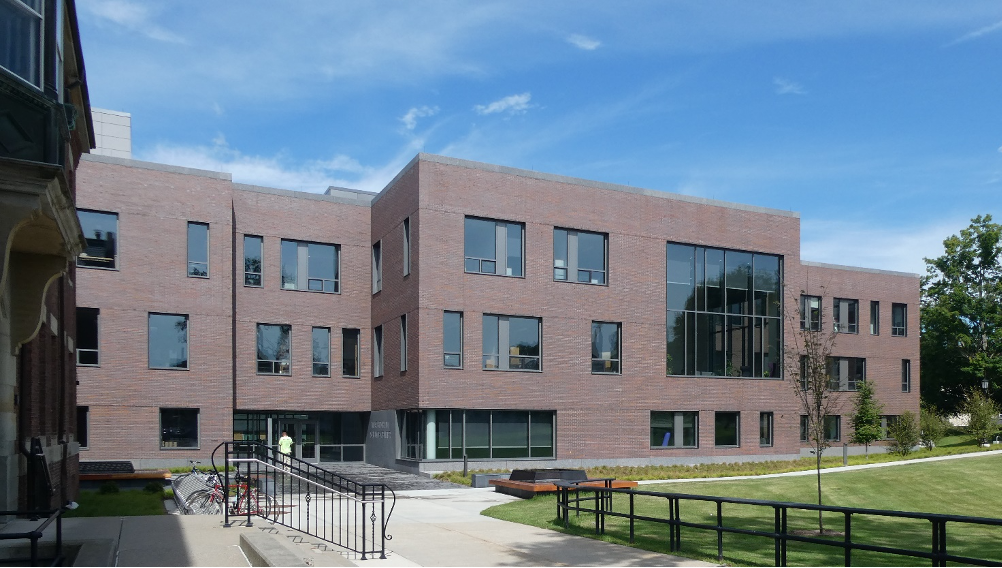
Two Patch Modeling of Chikungunya Virus Including a Vaccine Control by Charlotte Wishnack ’25
Mon, May 5th, 2025
1:00 pm - 1:50 pm
- This event has passed.

Two Patch Modeling of Chikungunya Virus Including a Vaccine Control by Charlotte Wishnack ’25, Monday May 5, 1:00 – 1:50pm, North Science Building 113, Wachenheim, Mathematics Thesis Defense
Chikungunya is a mosquito-borne viral disease that has no specific treatment and few tested preventative measures. It is native to tropical regions of Africa, Asia, and the Americas. We expanded on previous SIR-type models to evaluate the dynamics of chikungunya transmission in both single-patch and two-patch settings, incorporating human and mosquito populations. We further expanded on previous models by introducing vaccination as a control strategy and allowing humans to move between patches. We used Latin hypercube sampling (LHS) and partial rank correlation coefficients (PRCC) to learn how transmission and recovery rates, vaccine efficacy, and inter-patch travel influence cumulative infections. These analyses revealed that transmission rates (βs), recovery rate (γ), and symptom rate (ϕ) significantly affect outbreak severity. We also demonstrated that vaccination can meaningfully reduce cumulative infections, especially under certain conditions of human movement and mosquito density. The model illustrated that targeted control strategies, such as vaccination, quarantine, vector control, and mobility restrictions, can mitigate disease spread, and emphasized that the effectiveness of each depends strongly on initial conditions and parameter interactions across patches.